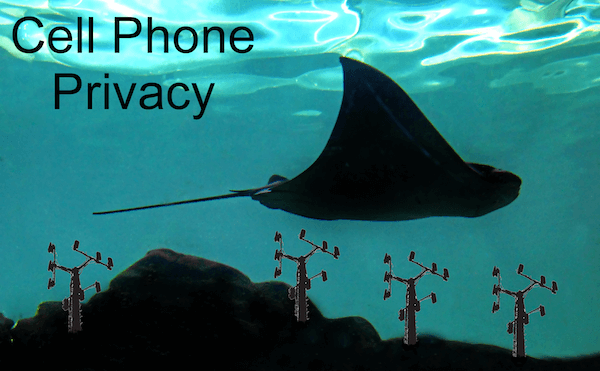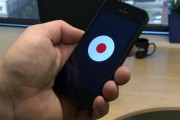Not the Sting You Expected – Cell Phone Privacy
Everyone knows what a stingray is and what it can do (R.I.P. Steve Irwin). Or at least they think they do. But this StingRay doesn’t live in the ocean, and it doesn’t respect the Fourth Amendment right to privacy from unreasonable search and seizure. You might find it wreaking havoc in your next federal criminal case.

What is a stingray device? For over 20 years, devices that mimic cell phone towers (cell site simulator) have been employed by law enforcement to investigate and locate criminals. These devices were originally manufactured by a defense contractor called Harris Corporation with the trade name of StingRay, but the term has become synonymous with cell tower simulators in general.
Photo Credit Raymond T. Pronk
No Warrant? No Problem!
It doesn’t matter if the phone belongs to a criminal or a kid: StingRays pick up ALL cell phones. Law enforcement has the ability to monitor, in real time, all the content of any cell phone in a given area, and they can use them without a warrant in most situations. How can that be legal, you might wonder.
Well, if the government refuses to reveal when these devices are being used by law enforcement (or, in fact, any information about them), and claim that evidence is gathered under an existing statutory method (“pen register/trap and trace”) found in 18 U.S.C. § 3123, then there is no problem. Except for the whole “Constitution” thing.
Courts in several states have held that using a StingRay without a warrant compromises a defendant’s Fourth Amendment rights, including a recent decision by a Maryland Court of Appeals.
Any information gathered without a warrant using a cell tower simulator in those states is subject to suppression under the “fruit of the poison tree” theory.
A New Hope, the ACLU Strikes Back
The reason this has become a far-reaching problem is because the FBI requires participating law enforcement agencies to sign non-disclosure agreements when they purchase a cell site simulator. This not only keeps information about the StingRays out of public hands, but law enforcement officials have gone out of their way to prevent courts from reviewing the techniques for constitutionality. This level of secrecy is now coming under scrutiny in multiple locations and has had a negative impact on trials in places like Buffalo, New York, and Baltimore.
This veil of secrecy is being lifted by institutions with the People’s privacy interests at heart. The American Civil Liberties Union (ACLU) and the Electronic Privacy Information Center (EPIC) have picked up the cause by filing amicus curiae briefs in cases involving StingRays, and filing suit against government agencies under the Freedom of Information Act. This resulted in a recent update to the Department of Justice’s policy for certain agencies (namely the FBI and DEA) in September 2015. The ACLU acknowledged the policy guidelines as a move forward, but noted that there are still exploitable “loopholes” for state and local police agencies. It also allows the government to retain “innocent bystander data” for a month, depending on the circumstances.
California and Washington have already put restrictions in place on no-warrant cell monitoring. For the time being, law enforcement officials in Texas (among many other states) are able to track and monitor suspects using this cell tower simulation technology. It is likely to stay that way until more case law develops to limit this ridiculously uninhibited method of gathering “evidence.”
Your Defense Against Unreasonable Searches and Seizures
Large organization, like the ACLU, are not the only defenders of your rights to privacy. Each and every criminal defense attorney battles Fourth Amendment issues. As technology advances so does the sophistication of governmental invasions of our privacy.
What is a cell site simulator?
A cell site simulator is a surveillance device that works by imitating the signal produced by a cell communication tower to gain access to information on cell phones located in a radius around the device. The simulator creates a more powerful signal than the tower to force phones to connect to it and uses the connection to obtain specific identification information. The simulator acts as a “man-in-the-middle” between the cell phone and the network carrier to gain access to the phone’s location in real-time, or prevent communication by jamming the signal. Newer, more sophisticated versions can also be used to monitor content both coming and going to the phone.



